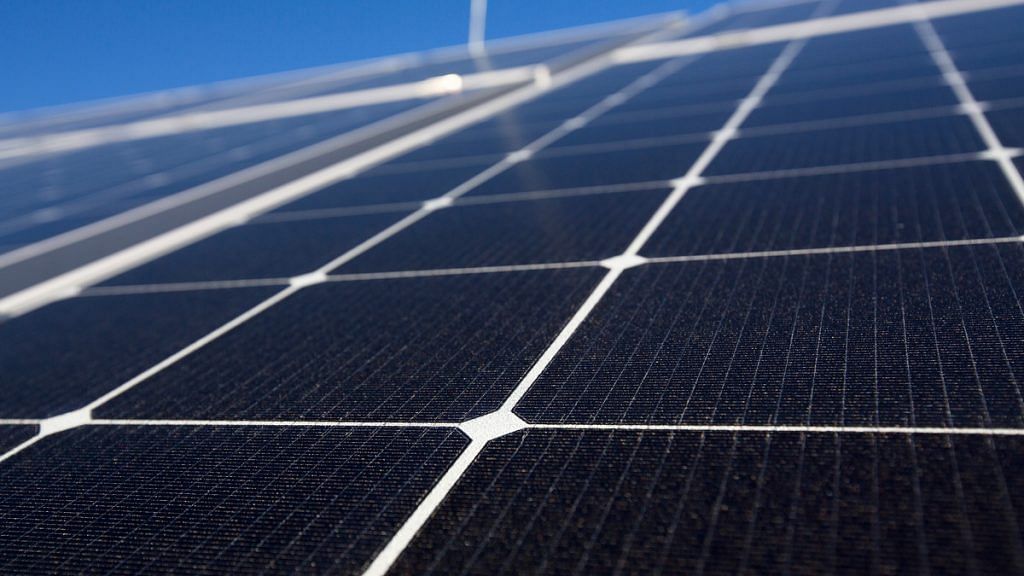Bengaluru: Researchers at IIT-Hyderabad have developed an environment-friendly method to manufacture standard solar cells, and it had been right above our nose this whole time.
The new method employs a dye used to convert turmeric to the traditional Indian vermillion (kumkum), which Hindu women wear as bindis and is crucial to rituals of the faith.
The dye serves as an alternative to silicon, whose extraction from sand is extremely expensive. Besides being good for the environment, the new process is also inexpensive as the dye — New Fuchsin (NF) — is cheaper to extract and doesn’t corrode upon exposure to water.
The study detailing the finding was published in the journal Solar Energy earlier this year.
“I got the idea during a family function where a commercially-available dye was used to turn turmeric to vermillion,” said project lead Sai Santosh Kumar Raavi, a researcher in the department of physics at IIT-Hyderabad.
“What stood out to me was that the dye functioned in water, thus removing the problem of corrosion by exposure to water and humidity,” he added, “Besides, it is very inexpensive and can be obtained over the counter.”
The manufacturing follows the standard process currently employed for third-generation thin-film energy conversion devices, called dye-sensitised solar cells (DSCC), a type of solar cells.
Like photosynthesis
The NF dye in the solar cells absorbs sunlight — much like chlorophyll in plants — and converts it to energy, like photosynthesis.
It doesn’t require high temperature and has a much smaller carbon footprint. It also doesn’t use plastic.
Other methods of manufacturing solar cells involves the use of plastics and peroxides, which are then dumped into the environment.
“DSCC manufacturing is environmentally friendlier than other processes, and the use of NF dye makes it even less damaging,” said Raavi.
“We hope private manufacturers and other researchers are able to carry forward this research and practically construct solar cells using our new method,” he added.
Also read: This Indian scientist is working on motor proteins to help the world understand obesity
